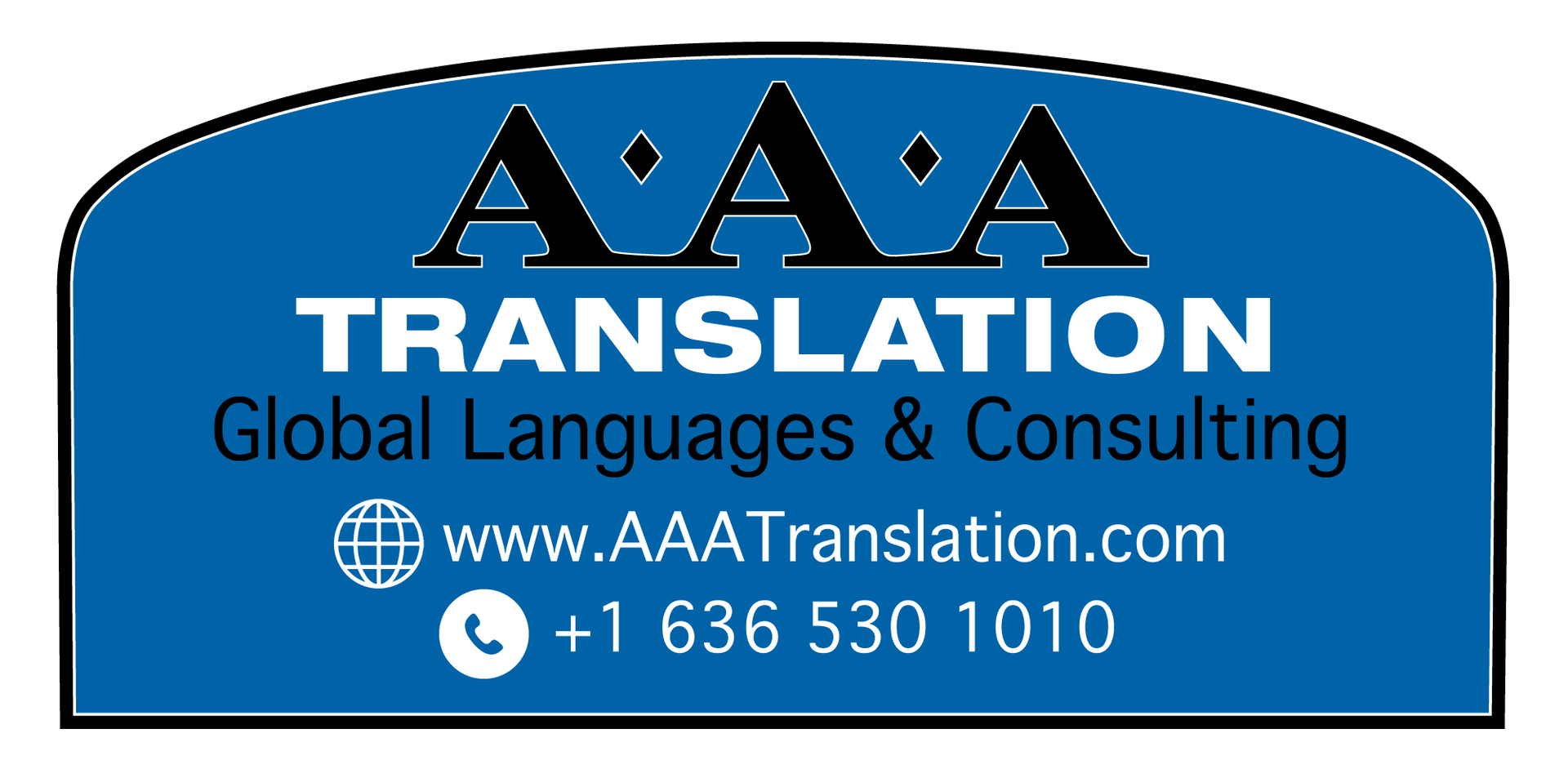Commentary: The importance of context in a global business environment
The information age has given us access to global communication on an unprecedented scale. During Covid-19, people have become more aware of our interconnectedness and the need to quickly disseminate information from one culture to another.
English has been extolled as the common language of the business world, but it is dangerous to assume one language will give leaders all they need to navigate international business. Out of the world's approximately 7.5 billion inhabitants, 1.5 billion speak English. That's about 20% of the Earth's population, and it’s important to remember most aren't native English speakers. The ability to communicate at the speed of the market is what sets businesses apart and prevents language barriers from becoming business barriers.
Beyond simple rote translation, context and cultural awareness have become key players in modern business. Understanding how to communicate is just as important as what is said. As the world emerges from the pandemic, the face of business will have changed forever. One of the most critical lessons is that of a language enhancement strategy.
Language barriers can have tangible, negative effects. A report from the Economist Intelligence Unit suggests more than 64% of executives admit misunderstandings have halted international deals. These “messages lost in translation” can become the primary reason companies fail to grow internationally. Messages can lose meaning due to a lack of emotional connectivity. Translating words is one thing, but properly emoting those words is a whole other issue.
More than that, and especially during a global pandemic, accurate translation has health equity implications. If parts of the population can’t read or understand new health guidelines and mandates, we are putting entire populations at risk.
Consider the ways you are communicating with potential partners and customers. How you greet prospective foreign business executives sets the tone. Reports and presentations should include cultural nuance and an understanding of body language.
Often overlooked opportunities, such as offering multiple languages within apps and websites or setting meetings times with respect to zones, go a long way toward positive interactions, mutual respect and brand affinity. By accommodating all participants, companies become preferred partners.
Similarly, having a multilingual workforce has been proven to be a success factor in global business. When your clients can communicate with an employee who speaks their language and understands cultural subtleties, your company gains credibility that speaks volumes.
The implications of multilingual business are many. Contracts, operating manuals and important documents need to be translated precisely. Employees always appreciate receiving internal communication in their native languages. In the field of health care, patients must be able to understand treatments to which they are consenting. In manufacturing, a manual translated or interpreted incorrectly can become a safety issue. In most European countries, it is required to provide operation/safety manuals in the native language, otherwise products may get stuck in customs.
In an era when real-time translation and interpreting are beginning to make their way into our lives, it is important to remember context. Take time to assess the ways you convey messages with the majority of the world whose first language is not English. Companies that seek to thrive globally must embrace new strategies for inclusivity and understanding multicultural issues.
Susanne Evens is president of AAA Translation, a business translating company in Chesterfield.

